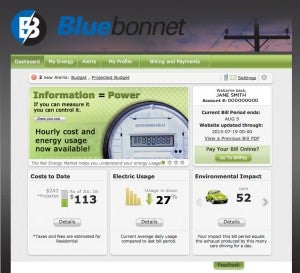 Like the tide washing upon the shore, new technologies are gradually eroding electric utility revenues. These new products enable consumers to use cleaner energy and use it more efficiently. Electric utilities worry this trend will ravage their industry just as wireless technology convulsed the telecommunications industry. The utility industry urges its members to stem the tide by, among other things, increasing consumers’ net metering costs.
Like the tide washing upon the shore, new technologies are gradually eroding electric utility revenues. These new products enable consumers to use cleaner energy and use it more efficiently. Electric utilities worry this trend will ravage their industry just as wireless technology convulsed the telecommunications industry. The utility industry urges its members to stem the tide by, among other things, increasing consumers’ net metering costs.
Net metering makes small-scale renewable energy, such as rooftop solar panels, more affordable by crediting the “distributed generation” owners for the excess energy they produce. The electric meter measures how much electricity flows back to the grid from the distributed generation unit. A corresponding credit is applied to the consumer’s monthly energy bill. The Energy Policy Act of 2005 requires public utilities to offer net metering to all consumers upon request.
Why the new focus on net metering? The cost for rooftop solar panels has fallen 80% since 2008, including 20% in 2012 alone. Installed rooftop solar energy has increased by 900% between 2000 and 2011. As consumers install more rooftop solar panels and net meter them, utility revenues will decrease. Read More













